Thematic Paper 5: From National to Local Implementation: A Collaborative, Multi-Level Effort to Achieve Joint Climate and Biodiversity Goals

Thematic Paper 5 makes the case for collaborative and inclusive multi-level governance systems to achieve joint climate and biodiversity goals.
Thematic Paper 4: Good Governance for Integrated Climate and Biodiversity Policy-Making
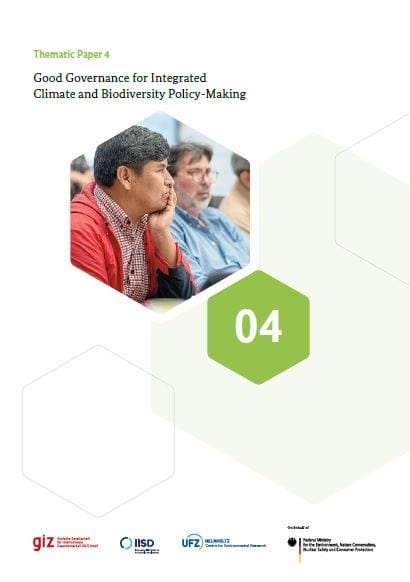
Thematic Paper 4 analyses the role of good governance for integrated climate and biodiversity policy-making.
Thematic Paper 3: Nature-Based Solutions: An Approach for Joint Implementation of Climate and Biodiversity Commitments

Thematic Paper 3 unpacks the concept of Nature-based Solutions (NbS) as an approach for the joint implementation of climate and biodiversity commitments.
Thematic Paper 2: Linkages Between Biodiversity and Climate Change and the Role of Science-Policy-Practice Interfaces for Ensuring Coherent Policies and Actions
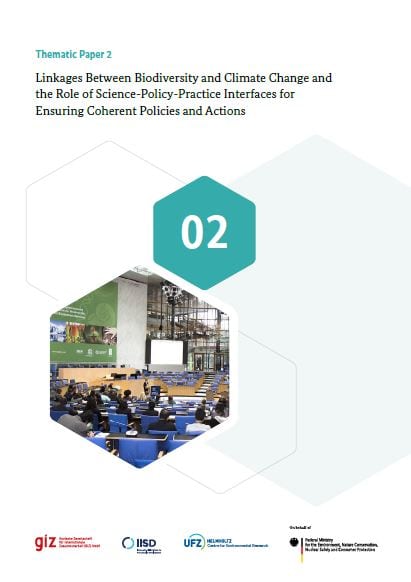
Thematic Paper 2 scrutinises the role of science-policy-practice interfaces for ensuring coherent biodiversity and climate change policies and actions.
‘Down to earth – why soils play a key role in ecosystem-based adaptation
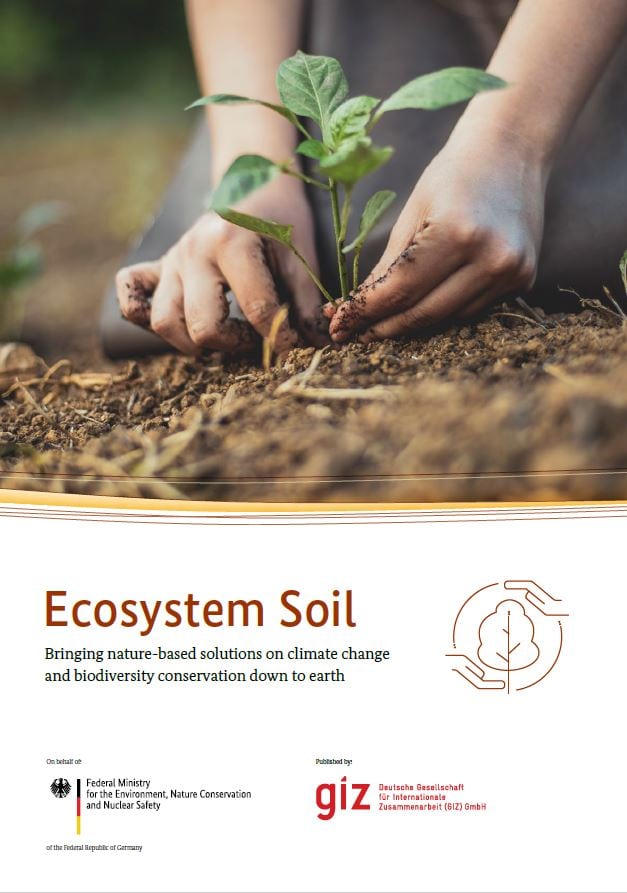
There is an unprecedented interest in nature-based solutions for climate change mitigation and adaptation. But something very important is often missing from discussions of such solutions: the role of healthy soils. As habitats for plants and animals, as regulators of climate and water, and as the foundation of terrestrial ecosystems and the vast majority of our food production, soils are critical to all ecosystem services – including those that humans depend on for survival.
This guidebook aims to demonstrate the importance of sustainable soil management (SSM) for adaptation to climate change, biodiversity conservation and the achievement of long-term food security. By adopting nature-based solutions such as ecosystem-based adaptation (EbA), farmers can dramatically increase their productivity while adapting to climate risks.
The Value of Reefs for Protecting the Most Vulnerable Populations in the Dominican Republic, Jamaica and Grenada

The quantitative, spatially-explicit analyses applied in this study highlight where reefs provide the greatest flood protection services to vulnerable populations in DR, Jamaica and Grenada. This work identifies where future reef loss may have the greatest impacts on vulnerable populations and where enhanced conservation and restoration will deliver the most benefits.
Addressing Climate Change Through Integrated Responses: Linking adaptation and mitigation
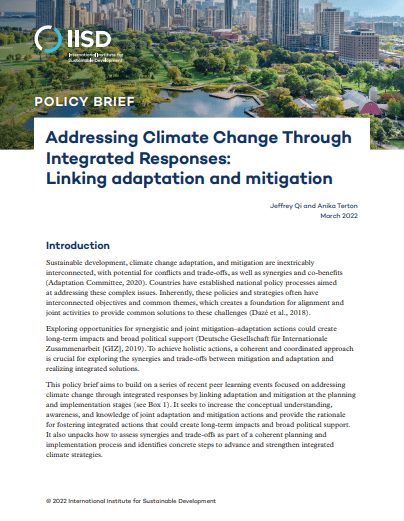
Sustainable development, climate change adaptation, and mitigation are inextricably interconnected, with potential for conflicts and trade-offs, as well as synergies and co-benefits. This policy brief aims to build on a series of recent peer learning events focused on addressing climate change through integrated responses by linking adaptation and mitigation at the planning and implementation stages.
Guia para Monitoramento e Avaliação de Intervenções de Adaptação baseada em Ecossistemas
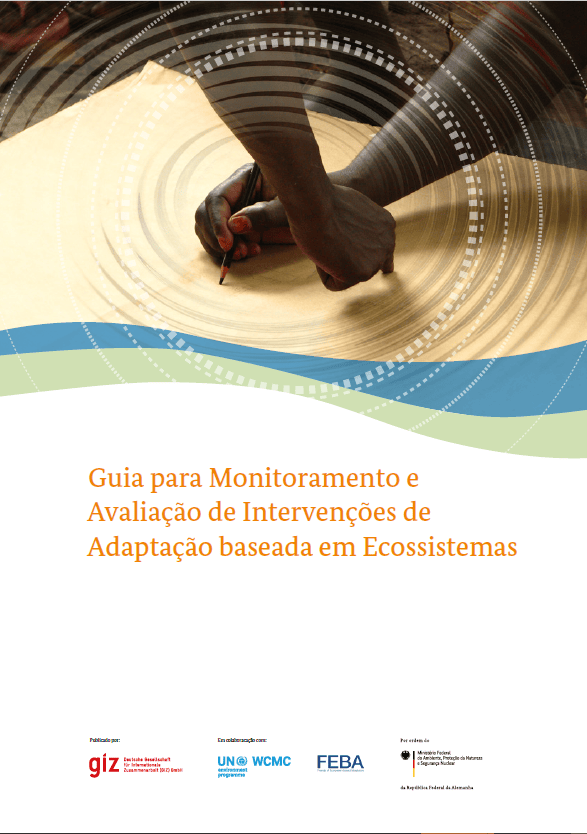
O Guia para Monitoramento e Avaliação (M&A) de medidas de Adaptação baseada em Ecossistemas (AbE) fornece uma descrição detalhada do processo para planejamento e implementação de M&A e medição de seus resultados e a eficácia da intervenção para AbE aplicada.
Ficha informativa: Publicaciones del Proyecto Global “Integración de la AbE”

Una recopilación de todas las publicaciones sobre la adaptación basada en los ecosistemas producidos por el proyecto global “Itegración de la AbE” (Mainstreaming EbA) financiado por BMU-IKI. En el documento encontrarás breves descripciones y enlaces, así como códigos QR para cada publicación. De esta manera, obtener una visión general de lo que está disponible y encontrar lo que necesita es más fácil y rápido. La lista se actualizará periódicamente con nuevas publicaciones.
Ficha informativa: explicación de los términos AbE y SbN

Entender y explicar qué es la adaptación basada en los ecosistemas puede ser un desafío. Esta ficha informativa elaborada por el proyecto global “Integración de la AbE” (Mainstreaming EbA) ofrece una breve descripción y una sencilla visualización para ayudar a aclarar el término AbE, así como su relación con las “soluciones basadas en la naturaleza” (SbN), término utilizado con frecuencia en la actualidad.
